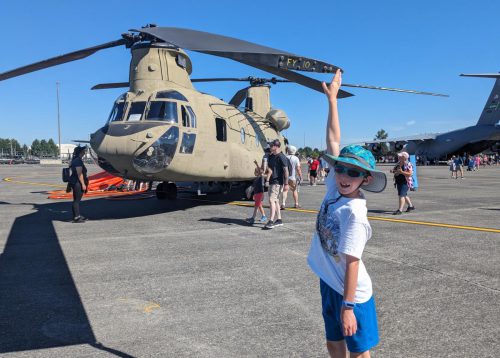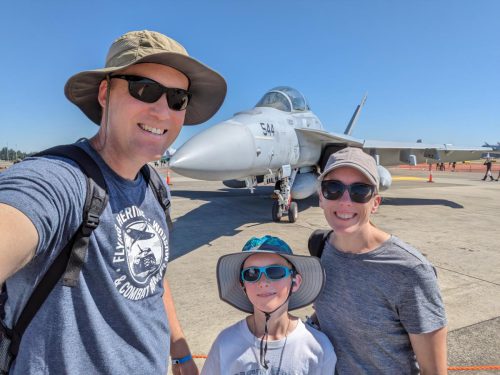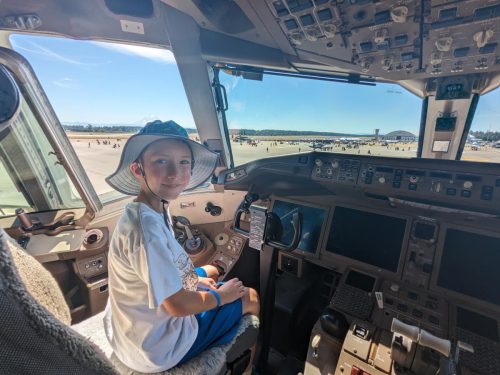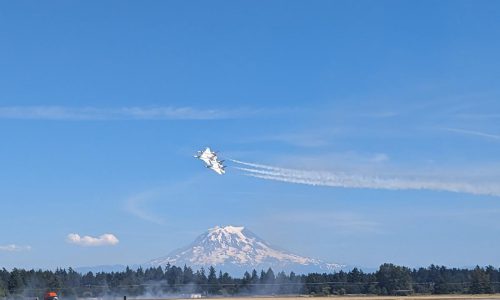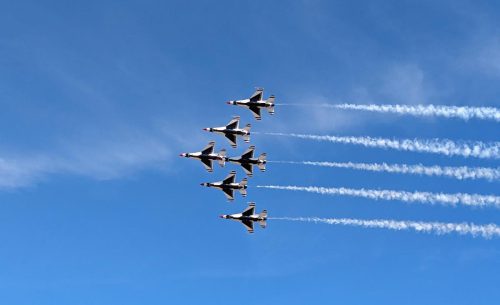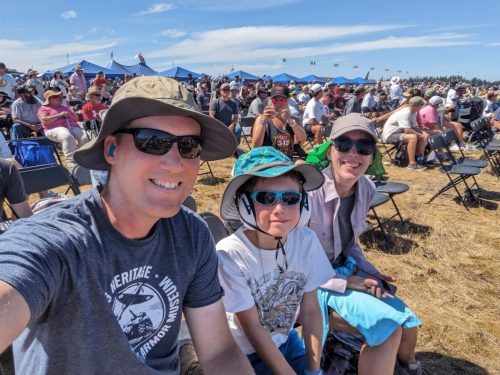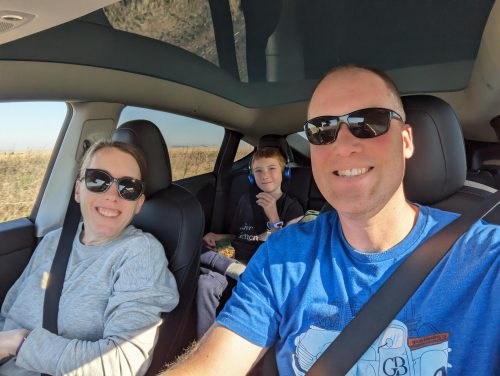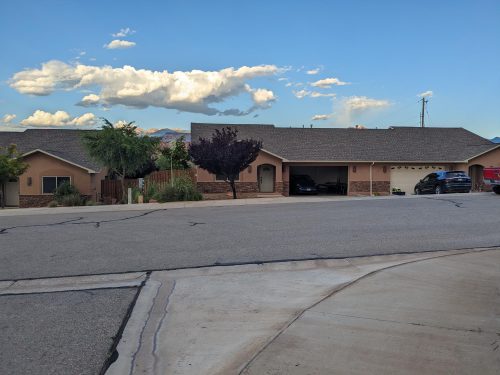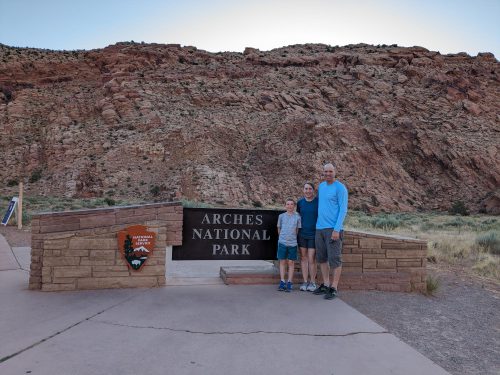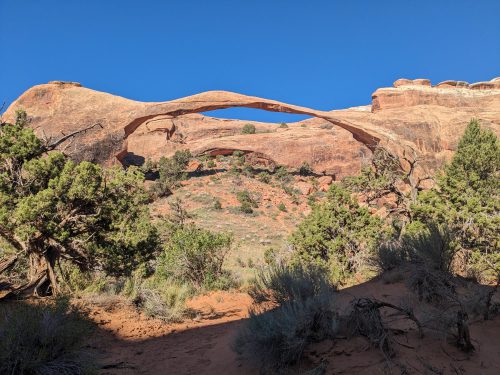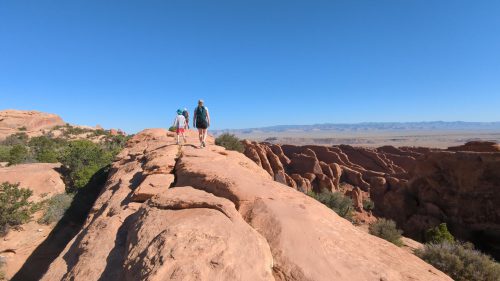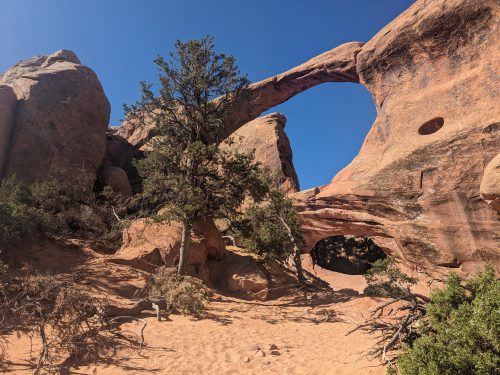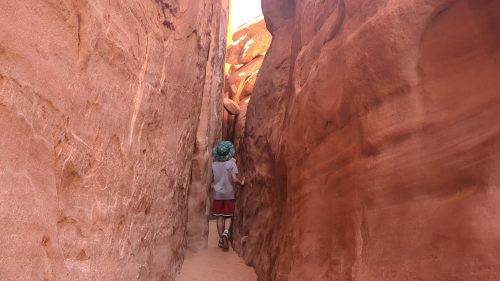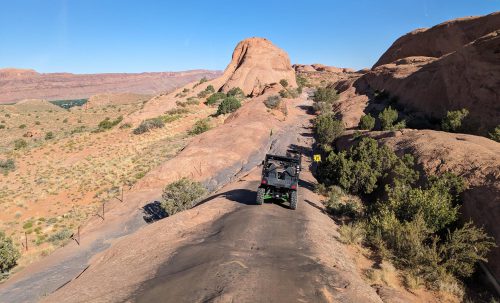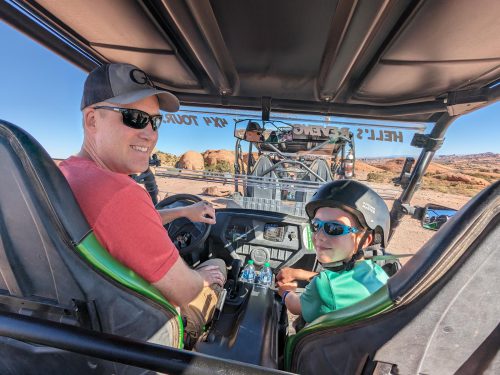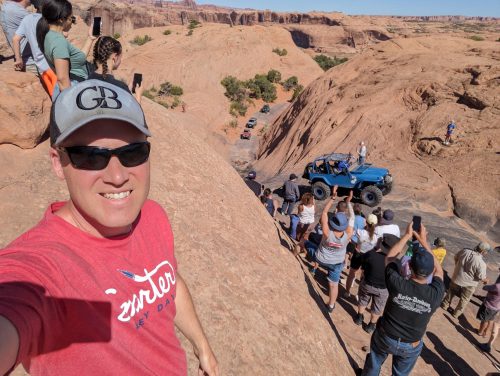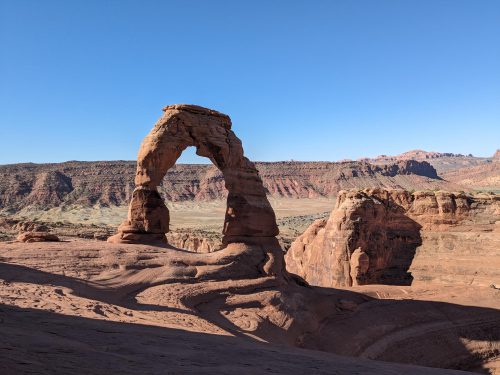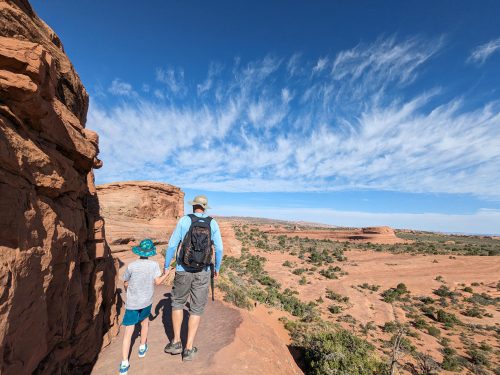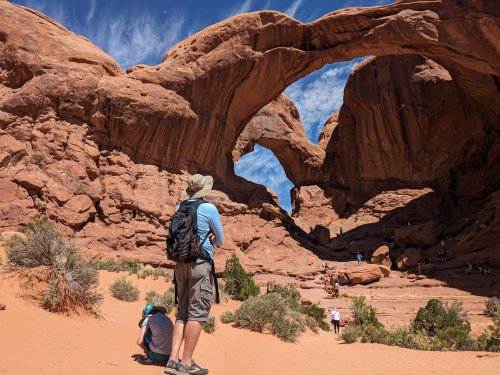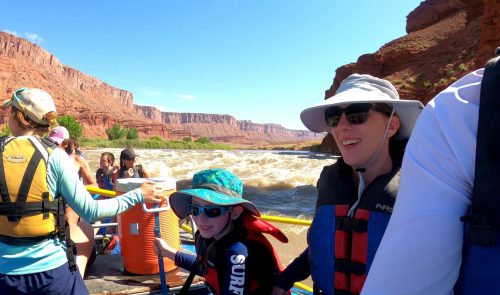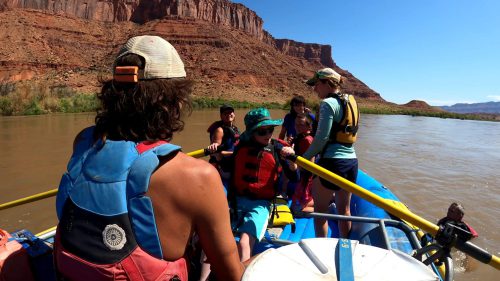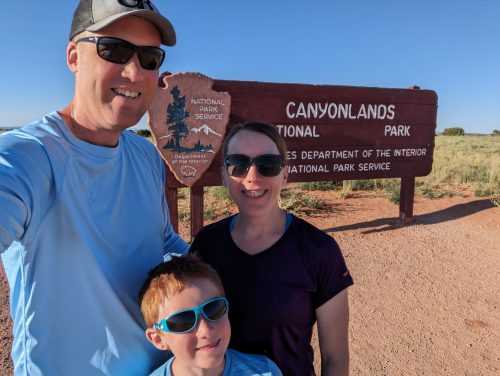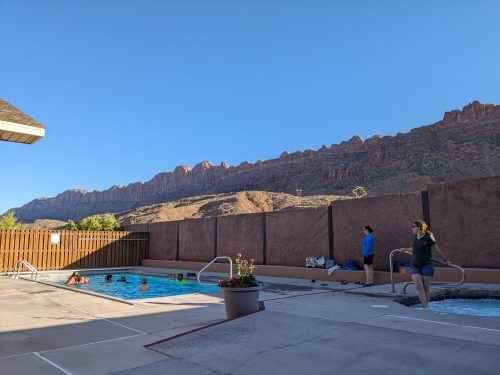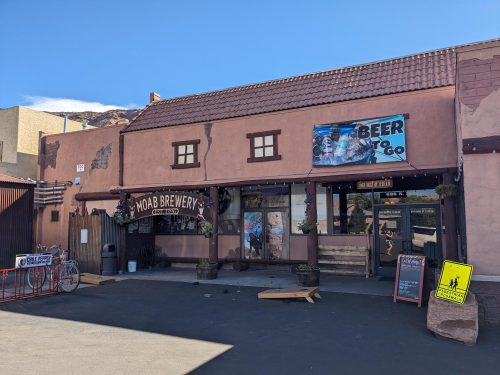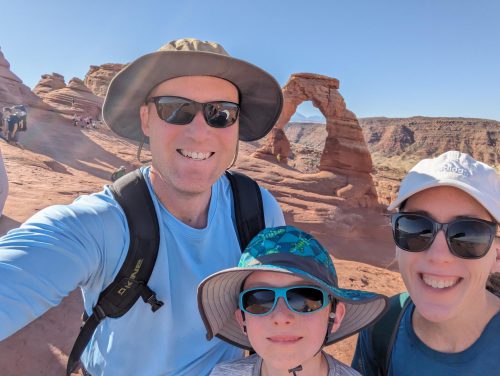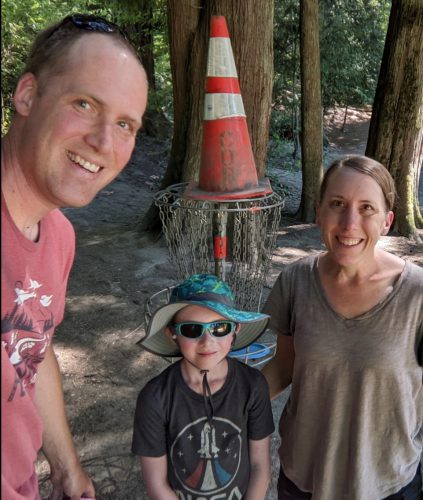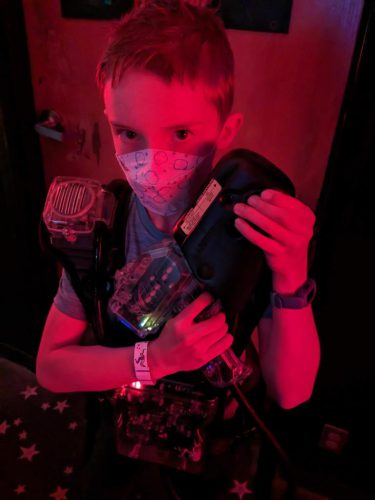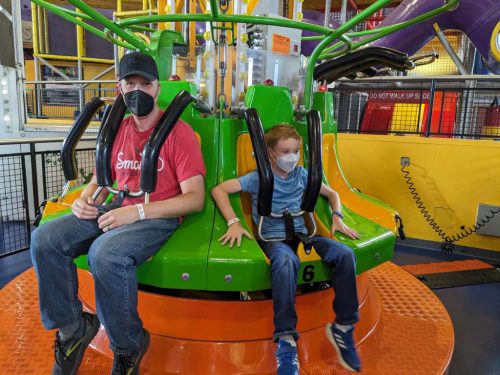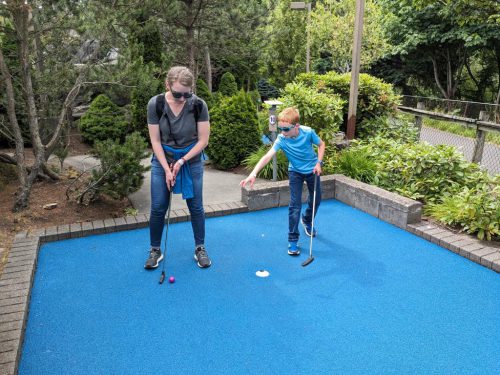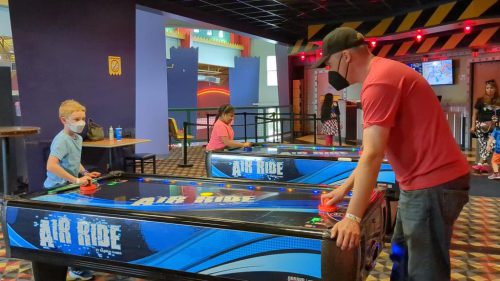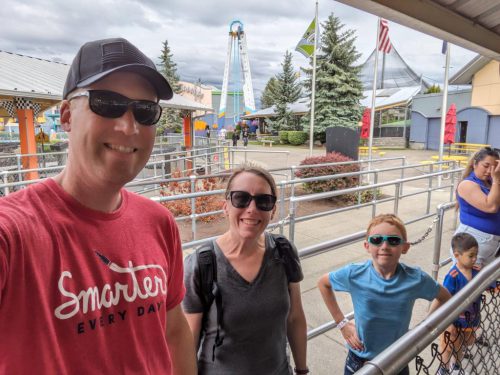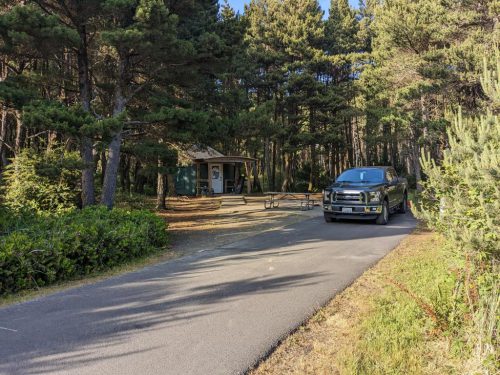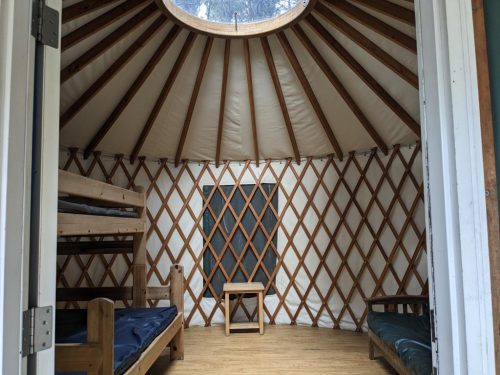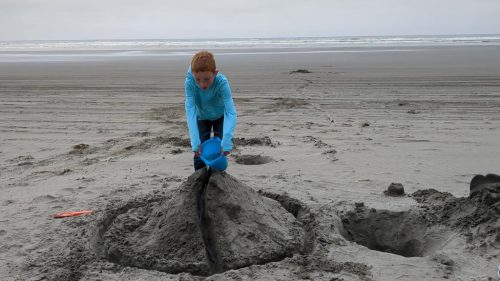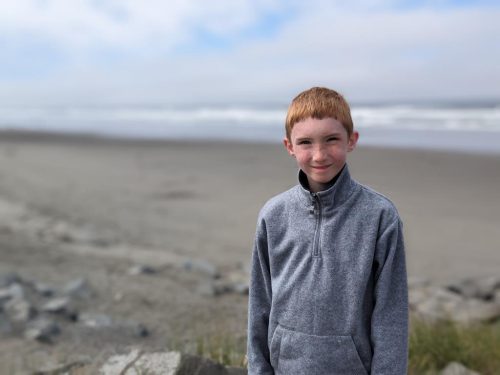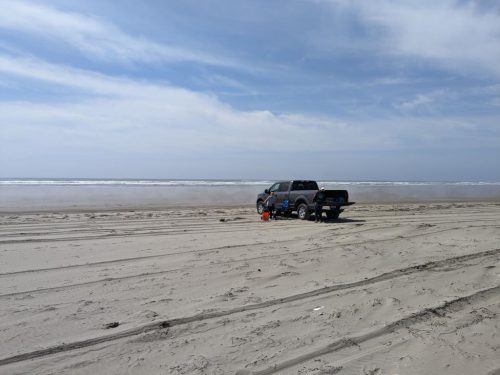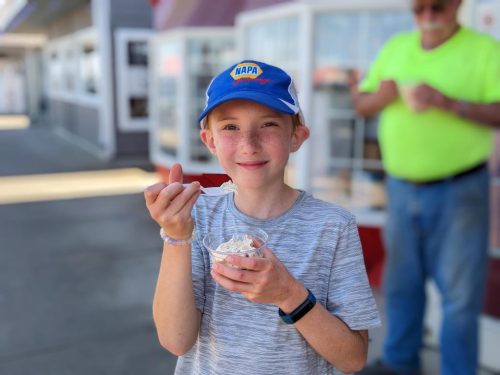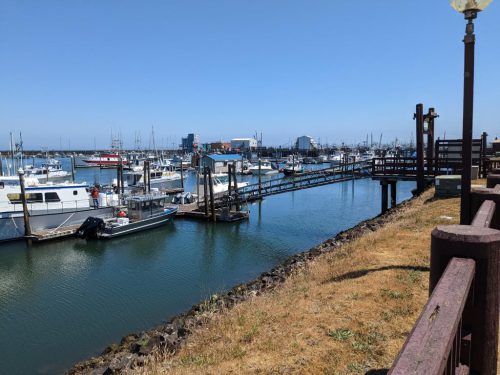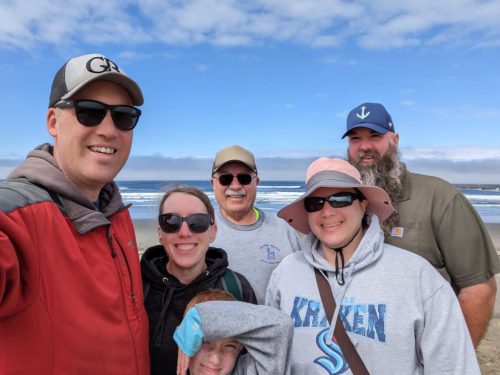As a child, I remember going to some big airshows, and I still have a poster on the wall in this room of the Thunderbirds. Dad stood in line with me to get it signed by all six pilots. So when I heard that Joint Base Lewis McChord (JBLM) was bringing back its airshow after a seven year break, I really wanted to go.
We booked a hotel the night before even though it’s only 60 miles away with the thought of making our morning a little less hectic. Plus, Tyla and Elijah love hotel pools and hotel breakfasts. Elijah thinks Best Western is the most amazing hotel chain ever, and I’m not in any hurry to dissuade him! We did have a relaxing evening on Friday and then Saturday morning, we drove about 5 minutes across the interstate and onto the base. We were directed to park in a field and hopped on a shuttle quickly after that.
The airshow area was huge and there were so many static displays that we couldn’t see them all in the ~2.5 hours before the show started.
The show started off with a “joint force demonstration” since it’s a joint army and air force base. The list of planes that flew included B-17 Flying Fortress, B-25, C-17, Focke-Wulf 190, P-51 Hope, Tora Tora Tora Mitsubishi A6M “Zero”, Undaunted Air Act (Vans RV-7 and RV-8’s), and Yellow Thunder (twin AT-6 Texans). The army also had Apache, Blackhawk, and Chinook helicopters along with a Striker vehicle. I’m sure I’m missing some more!
It was the first time I remember seeing the Tora Tora Tora act. They reenacted the attack on Pearl Harbor with eight planes. Even with only a few planes, it felt like chaos because they had lots of big pyrotechnic explosions happening on the ground while the announcer talked about the attack. It’s impossible to imagine what it would have felt like with 20 times that many planes attack constantly for TWO HOURS.
Of course, the highlight of the whole show was the Thunderbirds! All the acts were fun to watch but the Thunderbirds are the pinnacle of air acts. It was beautiful to watch them with Mt. Rainier standing proudly in the background, and I was so happy to share the experience with Tyla and Elijah!
I was also really happy that we remembered to bring ear protection. It’s LOUD and sitting out there all day in the hot sun is a recipe for a headache even without the loud planes.
While I don’t know if I would have enjoyed lugging my dSLR around all day, I do wish I had it for taking pictures of the airshow. We had a beautiful view with Rainier in the background and while there are plenty of photos online, it’s always fun to snap “the shot” yourself.
We had gone extra fancy for this event and paid for reserved seating. It was really nice to have “saved seats” and not have to fight for position. We also had easy access to bathrooms and food. I’d make that same choice again.
I’ve been wanting to go to an airshow for years and I’m so thankful that it finally happened!
Ok so that’s the happy side of the day. Let’s talk about the downsides.
- It was HOT. Temps were up around 90 and since you’re on an airfield, there’s no shade. We brought water bottles and refilled them multiple times at bottle filling stations that they had cleverly hooked up to fire hydrants.
- Traffic was bonkers. The news said that the airshow hit capacity around 1:30pm (about halfway through the air acts). Thankfully we missed it going in but it bit us leaving.
- We had to take a shuttle back since our car was ~8 miles away. I made the tough decision to leave the show about 2/3 of the way through the Thunderbirds act because I knew the shuttles were going to be a mess. While I hated leaving early, we were able to still see most of the maneuvers as we walked back. We arrived to CHAOS. It was unclear where the busses were going to stop and which line was for which shuttle. The lines were already enormous, but thankfully the line for our shuttle was shorter. This was part of my plan by picking the shuttle on the south end because I knew the north end would be swamped with all the people from Seattle. We waited baking in the hot sun in a line of angry people for an hour. That got us on the THIRD BUS. Yes, the busses were incredibly slow because they were getting caught up in all the traffic leaving the show. I’d estimate that we were about 5-10% of the way from the front of the line and it took us an hour to leave. People must have been there for hours. Thankfully, there were quite a few military personnel there to help sort out line cutters and other squabbles.
- They did have limited parking on base so I suppose we could have tried that, but then you’re resigning yourself to sitting in traffic for hours trying to squeeze out of the one lane gate off the base.
I honestly don’t know what I’d do if I could do this again. I think the winning move was probably parking at the closest shuttle stop (SR-512 Park and Ride) and then just walking the ~3 miles back to that shuttle stop after the show. But then again, the line for that shuttle stop was enormous in the morning because the city buses went to the wrong location to start the day!
Both our bodies and nerves were fried by the end of the day, but I was so proud of Elijah for sticking with it all day! If anyone in our family had given into a bad attitude, it would have been miserable for all of us, but we all left thankful that we saw what we saw, but also very thankful to be sitting in air conditioning and driving home. I’m not eager to go again, but I’m glad we went!

